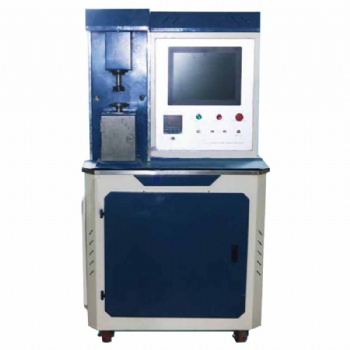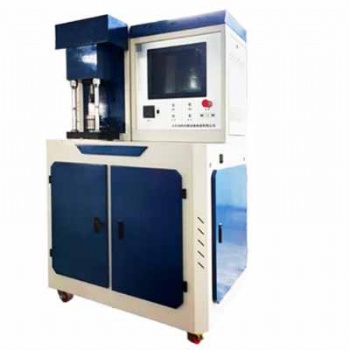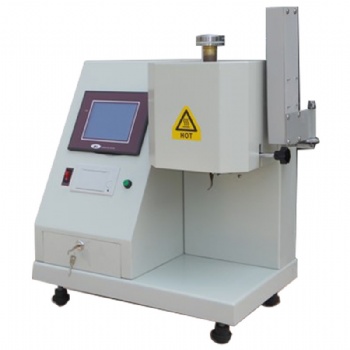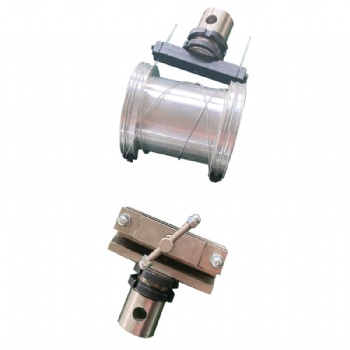YES-100KN digital compression testing machine
1. Product use
100KN digital display compressive and flexural integrated testing machine is used for compressive testing, flexural testing and research of cement, concrete, mortar, brick, rock specimens.
2. Product Features
Cement compressive test and cement flexural test are two-in-one.
Precision backlash-free ball screw, high rigidity, high stability double-column load frame. Rack size can be customized.
The sample force load is automatically controlled.
High-precision load cell, wide linearity, good stability, to ensure load force measurement accuracy.
High-speed, low-vibration, maintenance-free, silent AC motor drive system.
Reserve the interface, and realize the data transmission and conversion of the local area network and the Internet.
The circuit board of this pressure testing machine adopts photoelectric isolation design, which has strong anti-interference ability.
Microcomputer measurement and control system, all digital, multi-function, easy to operate, full keyboard input operation and intelligent setting of control mode.
The liquid crystal automatic creasing testing machine collects the test force and loading rate in real time, and calculates, processes and analyzes it.
Real-time control and display of test force and curve.
The curve can be enlarged and reduced freely; the full scale can be adjusted automatically.
Automatic return after the test is over, intelligent, efficient and fast.
3. Technical parameters
1 | model | YES-100 |
2 | Force capacity | 100KN |
3 | Accuracy | ±1% |
5 | Force measuring range | 1%-100% |
6 | Force loading rate | 2.4KN/S±200N/S,50N/S±10N/S |
7 | Relative error force rate | ±0.5% |
8 | Diameter of upper compression palte | Ф150mm |
9 | Diameter of lower compress plate | Ф150mm |
10 | Distance between upper and lower compress plate | 320mm |
11 | Test stroke | 320mm |
12 | Motor power | 1.5kw |
13 | Voltage | 220V |
14 | Loading frame | Two columns |
15 | Dimension | 950x650x1405mm |
16 | Weight | 520kg |
How to Select the Right Tensile, Compression, Bending, Shear, Peel, and Tear Testing Machine: Calculation Formulas with Examples
Selecting the appropriate testing machine for tensile, compression, bending, shear, peel, and tear tests requires careful consideration of multiple factors, including the force range, specimen dimensions, test standards, and machine capabilities. Below are the key calculation formulas to help determine the necessary machine specifications, along with examples for better understanding.
1. Tensile Testing Machine Selection
Tensile testing machines measure the maximum tensile strength and elongation of materials.
Key Formula:
Fmax=σmax × A
Where:
Fmax = Maximum required force (N)
σmax = Ultimate tensile strength of the material (MPa)
A = Cross-sectional area of the specimen (mm²)
Example: For a steel specimen with σmax =400MPa and cross-sectional area A =100mm²:
Fmax=400 × 100=40,000N (40kN)
A 50 kN tensile testing machine would be suitable.
2. Compression Testing Machine Selection
Compression tests determine a material's resistance to compressive forces.
Key Formula:
Fmax=σc × A
Where:
Fmax = Maximum required force (N)
σc = Compressive strength of the material (MPa)
A = Cross-sectional area of the specimen (mm²)
Example: For a concrete cube with σc =30MPa and A =1502=22,500mm²:
Fmax=30 × 22,500=675,000N (675kN)
A 1000 kN compression testing machine would be ideal.
3. Bending Testing Machine Selection
Bending tests evaluate the flexural strength of materials.
Key Formula for Three-Point Bending:

Where:
σf = Flexural stress (MPa)
F= Applied force (N)
L= Span length (mm)
b= Width of the specimen (mm)
h= Thickness of the specimen (mm)
Example: For a wooden beam with L=500mm, b=50mm, h=25mm, and requiring a stress of 10 MPa:

A 5 kN bending tester would be suitable.
4. Shear Testing Machine Selection
Shear tests determine the shear strength of materials.
Key Formula:
Fmax=τ × A
Where:
Fmax = Maximum shear force (N)
τ= Shear strength of the material (MPa)
A = Shear area (mm²)
Example: For an aluminum sheet with τ=90 MPa and A=200mm²:
Fmax=90×200=18,000N(18kN)
A 20 kN shear testing machine is recommended.
5. Peel Testing Machine Selection
Peel tests measure the adhesion strength between bonded materials.
Key Formula:

Where:
P= Peel strength (N/mm)
F= Measured force (N)
W= Width of the specimen (mm)
Example: For a tape with F=50N and W=25mm:

A peel testing machine with at least 5 N force capacity is required.
6. Tear Testing Machine Selection
Tear tests determine the resistance of a material to tearing forces.
Key Formula:

Where:
Ftear= Tear strength (N/mm)
F= Measured force (N)
t= Thickness of the specimen (mm)
Example: For a rubber sheet with F=100N and t=2mm:

A tear testing machine with 100 N capacity is needed.
When selecting a testing machine, ensure that the maximum force capacity of the machine is at least 1.2 to 1.5 times the calculated force to account for safety margins and unexpected variations. Additionally, consider compliance with relevant test standards (ASTM, ISO, GB, EN, JIS) and machine features such as speed control, data acquisition, and test automation.
By using the above formulas and examples, engineers and manufacturers can accurately determine the appropriate testing machine specifications for their specific material and application requirements.
Categories
- electronic universal testing machine
- hydraulic universal testing machine
- impact testing machine
- compression testing machine
- horizontal tensile testing machine
- manhole cover testing machine
- pellet compression testing machine
- material testing machine
- steel strand tensile testing machine
- rubber testing equipment
- plastic testing equipment
- load cell
- Böhme abrasion tester
- all testing machine and equipment
- ceramic tiles testing equipment
- asphalt mixture testing equipment
- footwear testing machine
- test fixtures
- torsion tester
- cupping testing machine
- friction and wear tester
Contact Us
- +86-18615632092
- wtbequipment@hotmail.com
- sophie-tester
- +86-18615632092









 售前客服
售前客服